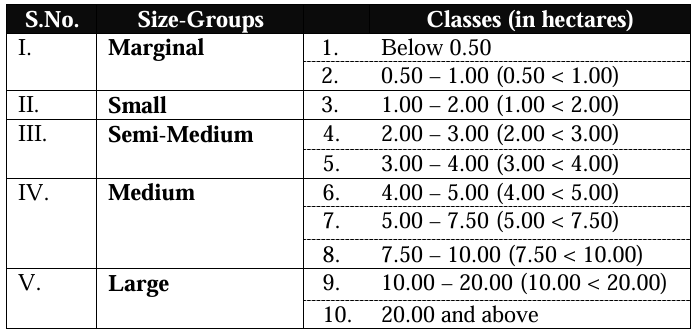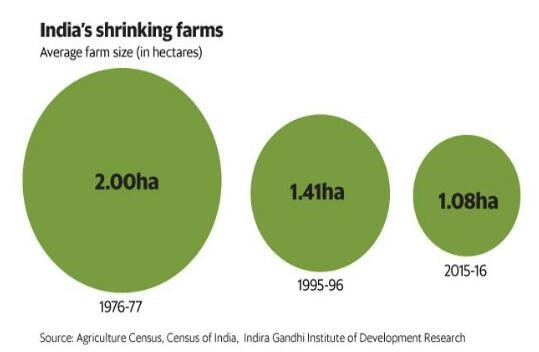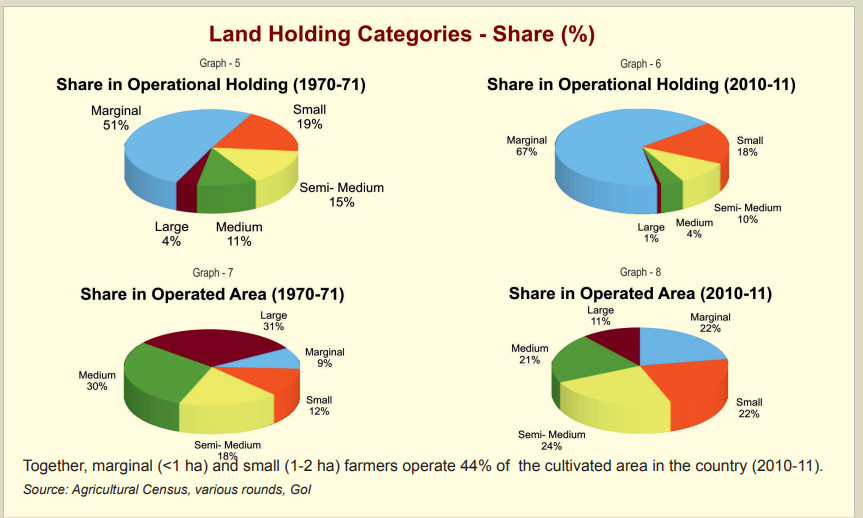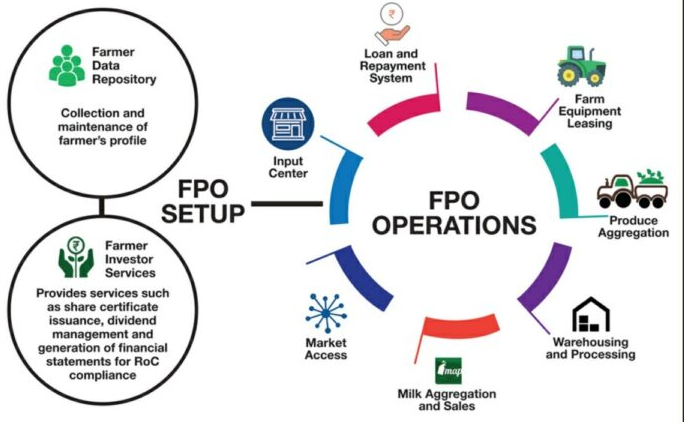7667766266
enquiry@shankarias.in
Recently , Principal Secretary to Prime Minister stressed the need of improving small farmers to improve overall agriculture system.



